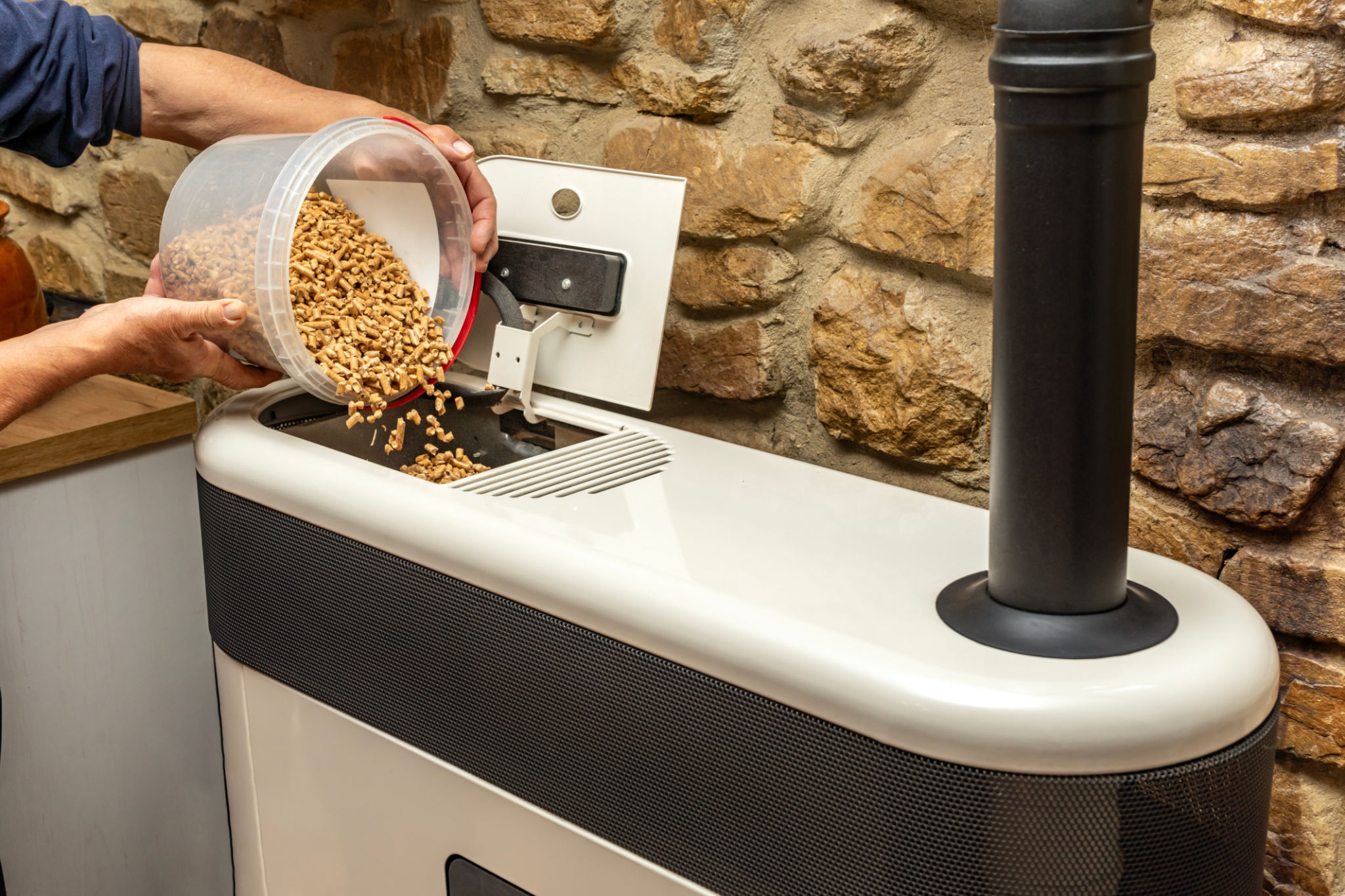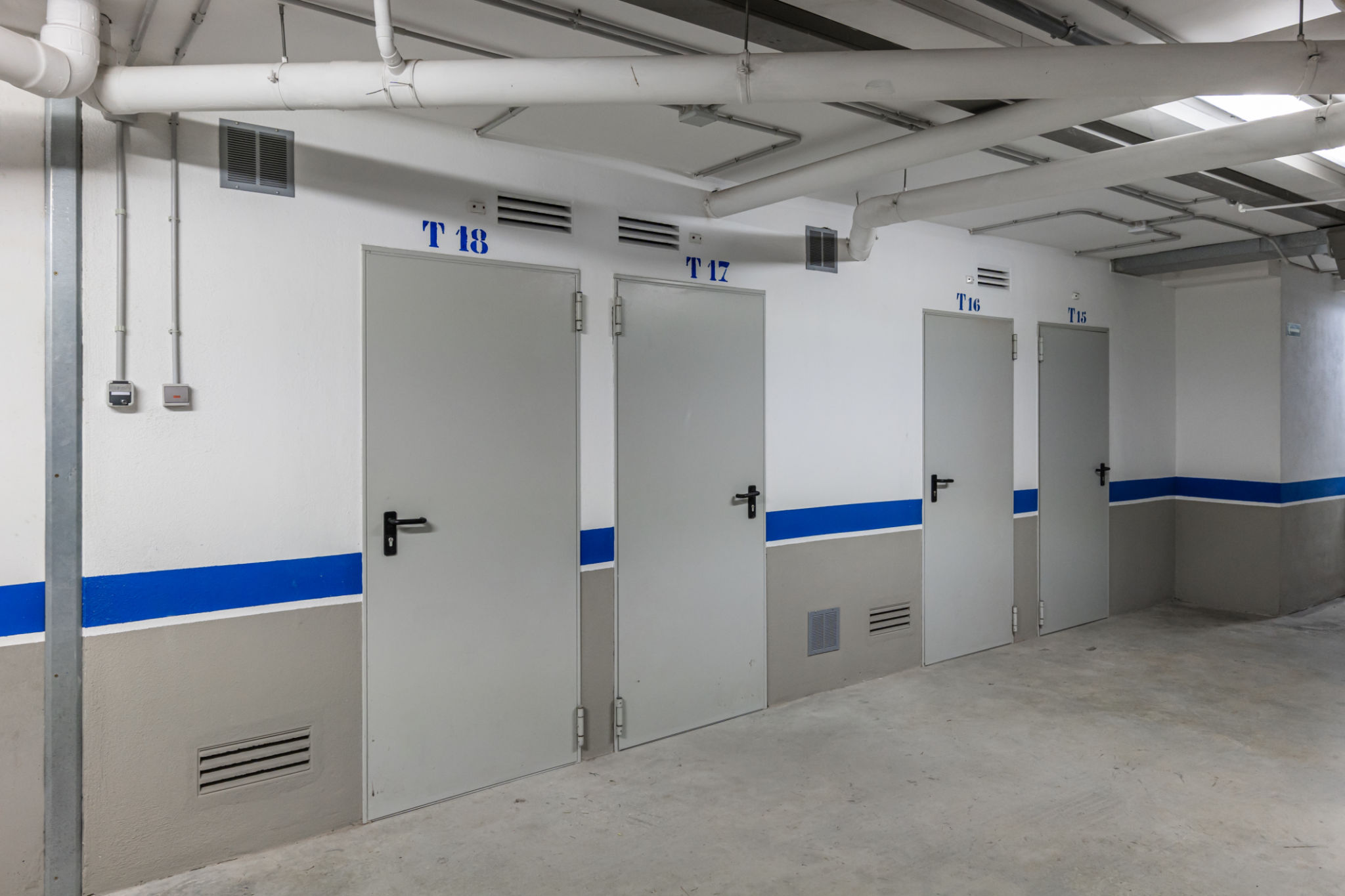Biomass Wood Pellets vs. Traditional Firewood: Which is More Efficient?
Understanding Biomass Wood Pellets
Biomass wood pellets have gained popularity as a sustainable and efficient energy source. Made from compressed sawdust and other wood byproducts, these pellets are a renewable resource that can be used for heating. Their uniform size and density allow for consistent burn rates and high energy output, making them a convenient choice for homeowners looking for a reliable heat source.
One of the primary advantages of biomass wood pellets is their high energy efficiency. They produce minimal ash and smoke compared to traditional firewood, resulting in a cleaner burn. Additionally, because they are manufactured from waste materials, biomass pellets contribute to reducing landfill waste and promote sustainable forestry practices.

Traditional Firewood: A Classic Choice
Traditional firewood has been used for centuries as a primary heating source. Many people are drawn to the nostalgic charm and natural warmth that a wood-burning stove or fireplace provides. Firewood is often readily available in rural areas, making it a convenient option for those who have access to local forests.
However, traditional firewood comes with its own set of challenges. The energy efficiency of firewood can vary significantly based on moisture content and type of wood. Wet or green wood burns inefficiently, creating more smoke and less heat, which can lead to creosote buildup in chimneys. Proper seasoning is essential to maximize the energy output of firewood.

Comparing Energy Efficiency
When comparing the energy efficiency of biomass wood pellets to traditional firewood, it's essential to consider the calorific value. Biomass pellets typically have a higher calorific value due to their low moisture content and dense composition. This means they produce more heat per unit than most types of firewood.
On the other hand, the energy output of traditional firewood largely depends on the species of wood and its moisture content. Hardwood species like oak or maple offer higher energy content than softwoods like pine. Still, even the best firewood cannot match the consistent efficiency of biomass pellets.
Environmental Impact
Both biomass wood pellets and traditional firewood are considered environmentally friendly compared to fossil fuels. However, biomass pellets have an edge when it comes to carbon footprint. The production process for pellets utilizes byproducts and waste materials, helping reduce deforestation and promote sustainable land use.

Moreover, biomass pellets produce less particulate matter and carbon monoxide emissions than traditional firewood. This results in better air quality and reduced impact on respiratory health for those living in areas where wood burning is prevalent.
Cost Considerations
The cost of heating with biomass wood pellets versus firewood can vary based on several factors, including regional availability, transportation costs, and market demand. In general, purchasing wood pellets may be slightly more expensive upfront due to manufacturing processes involved. However, their high efficiency can lead to savings in the long run through reduced fuel consumption.
Conversely, traditional firewood can be more economical if you have direct access to a local supply or are willing to invest time in cutting and seasoning your own wood. Yet, it's crucial to consider the hidden costs associated with maintenance and cleaning when using firewood.
Convenience and Storage
Biomass wood pellets offer convenience in terms of storage and handling. They are sold in bags that are easy to store and transport, and automated pellet stoves require less frequent refueling compared to traditional wood stoves. This convenience makes them an appealing option for busy households or those with limited space.

Traditional firewood requires more effort in terms of splitting, stacking, and seasoning before use. It also demands significant storage space to keep the wood dry and ready for burning throughout the season. Proper storage is vital to ensure that your firewood burns efficiently when needed.
The Final Verdict
In conclusion, both biomass wood pellets and traditional firewood have their place in home heating solutions. For those prioritizing efficiency, consistency, and environmental benefits, biomass wood pellets are an excellent choice. They offer high energy output with lower emissions and minimal maintenance.
However, if you value tradition and have access to a local supply of quality hardwoods, traditional firewood remains a viable option. Ultimately, the best choice depends on your personal preferences, availability of resources, and specific heating needs.